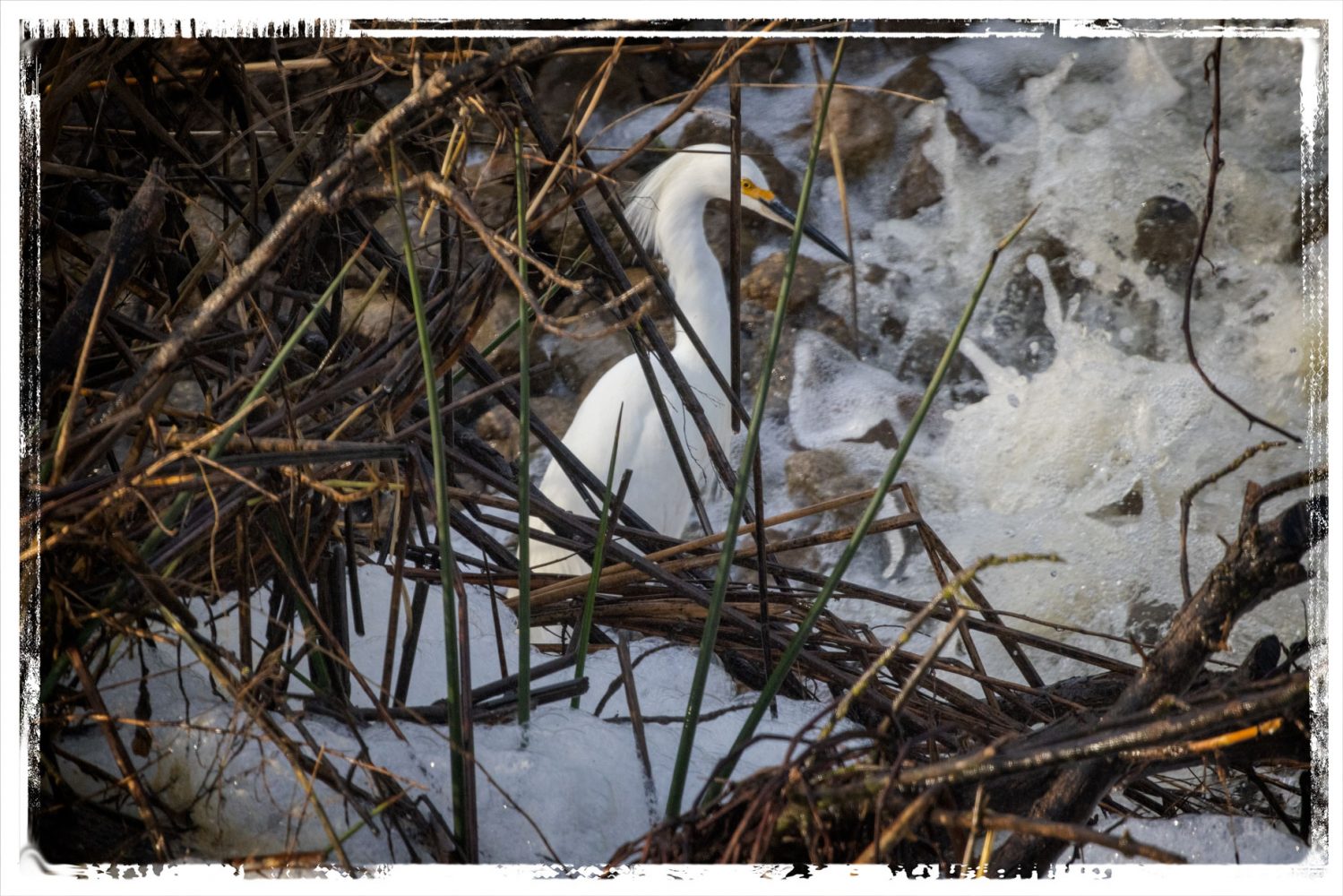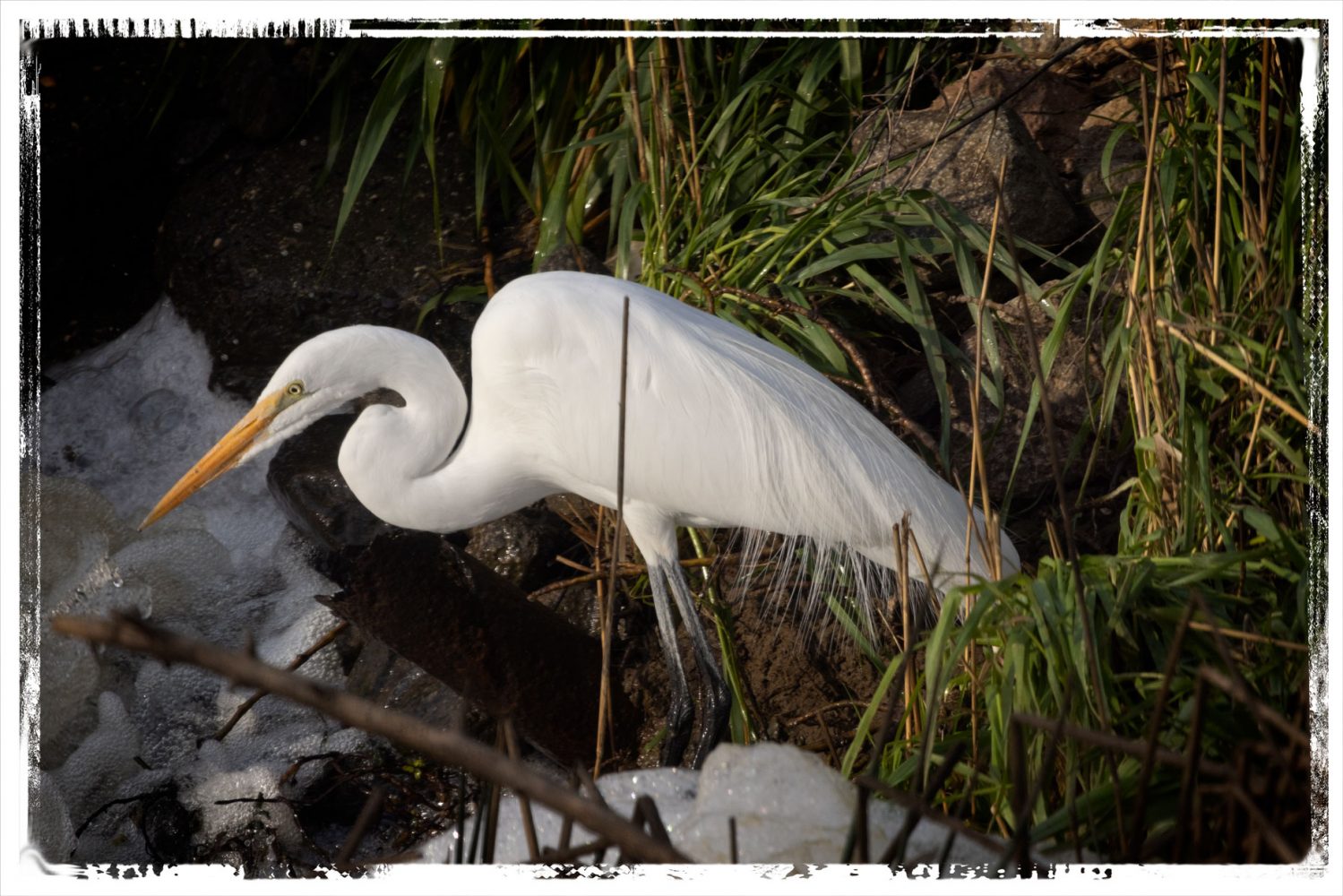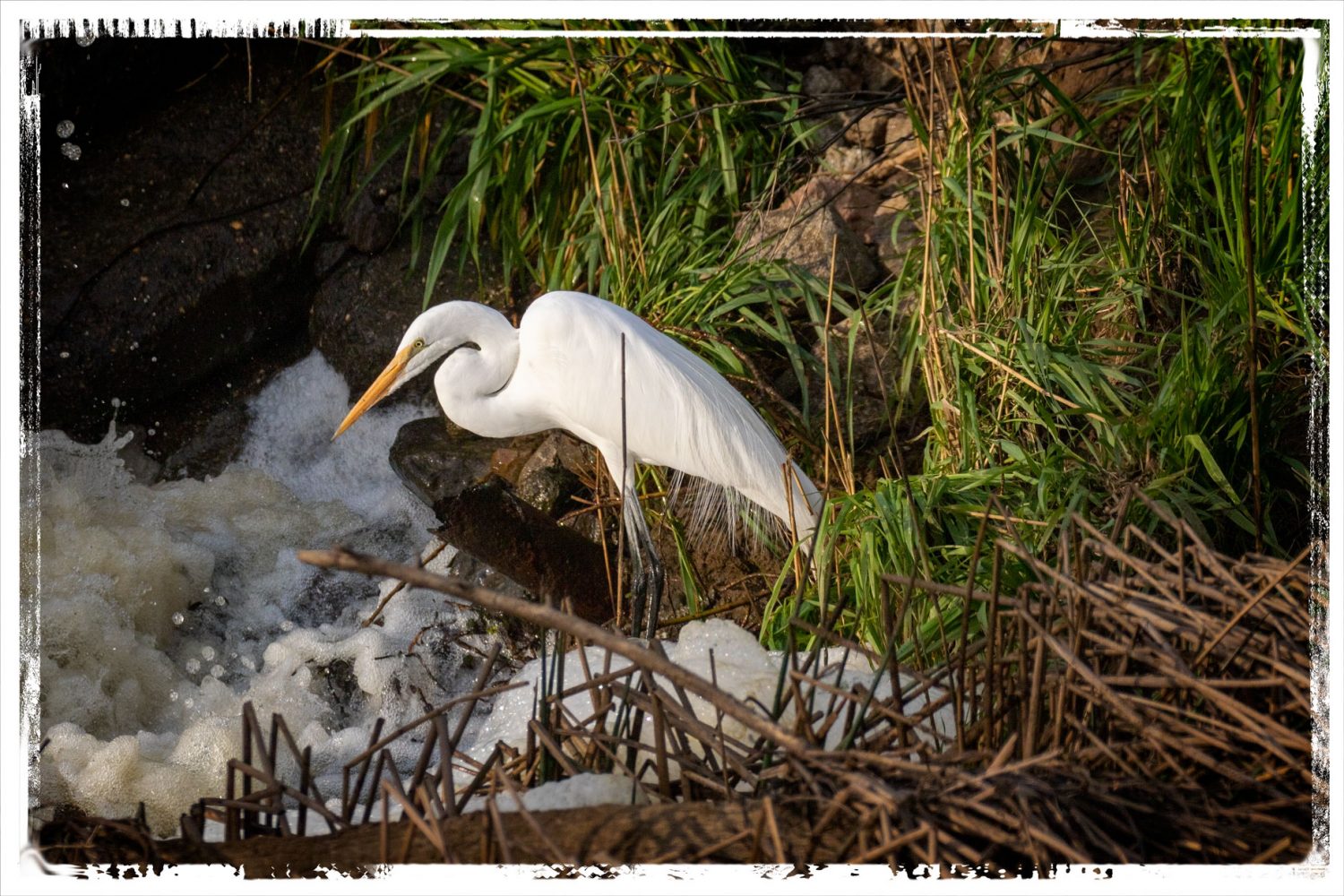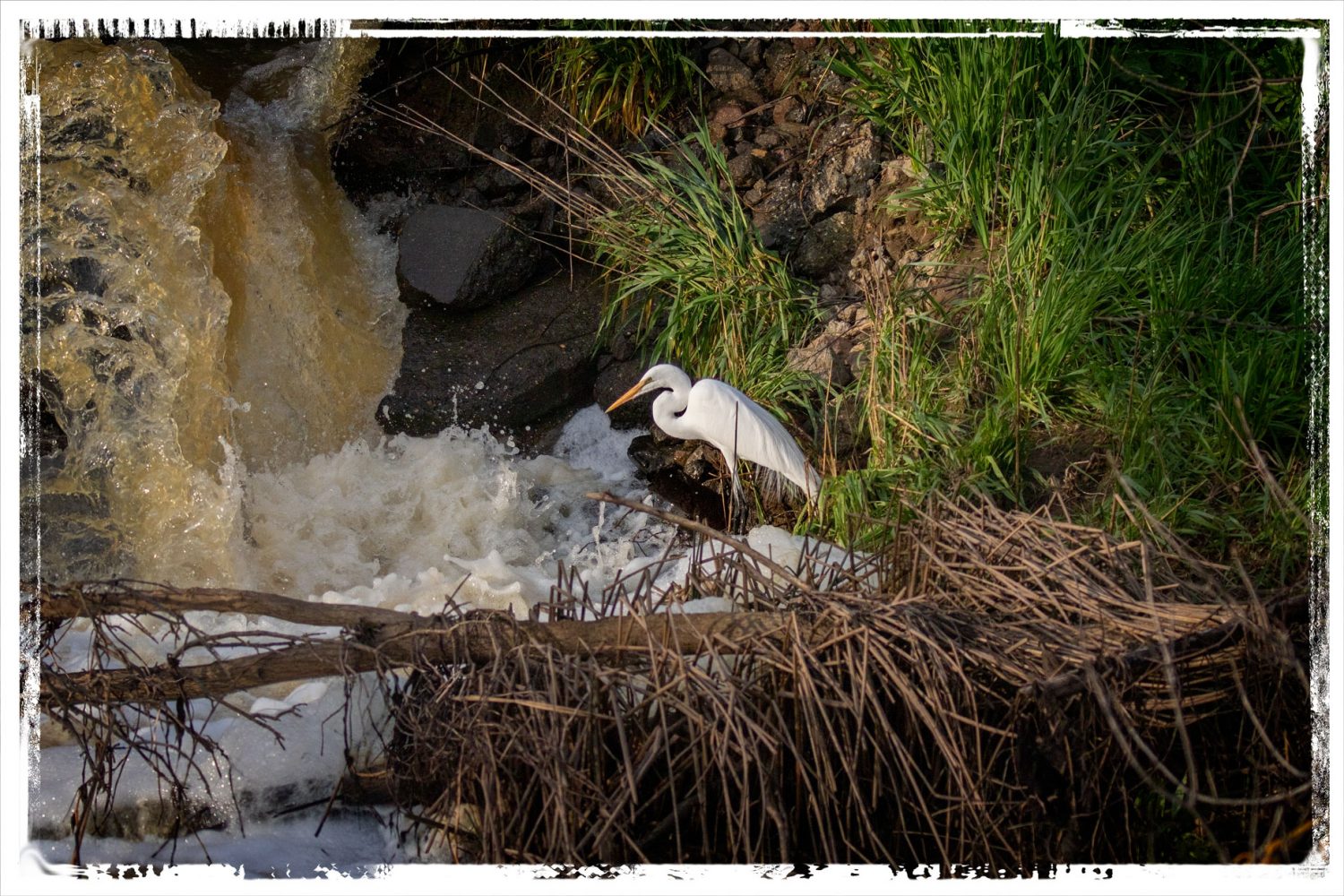Although I occasionally veer off topic and mention/discuss photographic choices I have made in a particular photo, most of the time I’m the only one who knows the decisions I have made in order to produce a photo that I posted and a good part of the time I’m not even aware of how the choices I have made have affected the picture.
Although some trips have to be planned out, most of the time I’m just freelancing because that is my preferred mode in retirement. We get up, look outside, and decide what to do. Sometimes, though, you must account for the time of day or tide if you hope to see birds. Sometimes birds only show up on an incoming tide, other birds only show up on an outgoing tide. You don’t have a lot of control in those kind of situations.
You do get to decide which camera(s) you take with you. Usually I carry my new Canon EOS R5 with a 600mm fixed lens with a 1.4 multiplier because it is lighter than my other choices and still makes it possible to get good shots at a distance. If I anticipate being close to the birds, though, I will often take my older EOS 7D with a 100-400 mm zoom lens which I think still takes slightly sharper images than my R5 and is more versatile in taking close-ups than the 600 mm fixed lens. On our trip to Arizona, I took both because Leslie takes shots out of one side of the car and I take shots out of the other.
Leslie prefers the R5 because it’s considerably lighter, so she was using it when we stopped at Sacramento National Wildlife Refuge. She took a shot of this Snowy Egret

and this Great Egret with the 840 mm lens.

They’re both good pictures and she was lucky enough to have alpenglow lighting to make them even better.
I knew from past experience, though, that she was probably missing the best part of this scene because the telephoto limits how much of a scene you can take in. I handed her the camera with a 100-400mm zoom lens and told her to take pictures with it.
This shot was taken at approximately 400mm,

200mm,

and 100mm.

Usually I shoot for a shot like the first one of the Great Egret taken with the 840 mm lens because it emphasizes the bird, but in this case, I far prefer the last shot— the one taken with the 100mm. For one thing, I have never seen that much water running off from the fields that adjoin the auto tour. It sort of symbolized how much water we had to deal with on this trip, constantly seeing what areas were flooded and what roads were closed.
Actually, I like all the shots, probably because we were late getting to the refuge and the sun was beginning to set so the light was particularly warm but still bright. Fifteen minutes later the shots I took a 1/4 mile further on the route were underexposed. We were just lucky that the light was nearly perfect at this precise moment.
